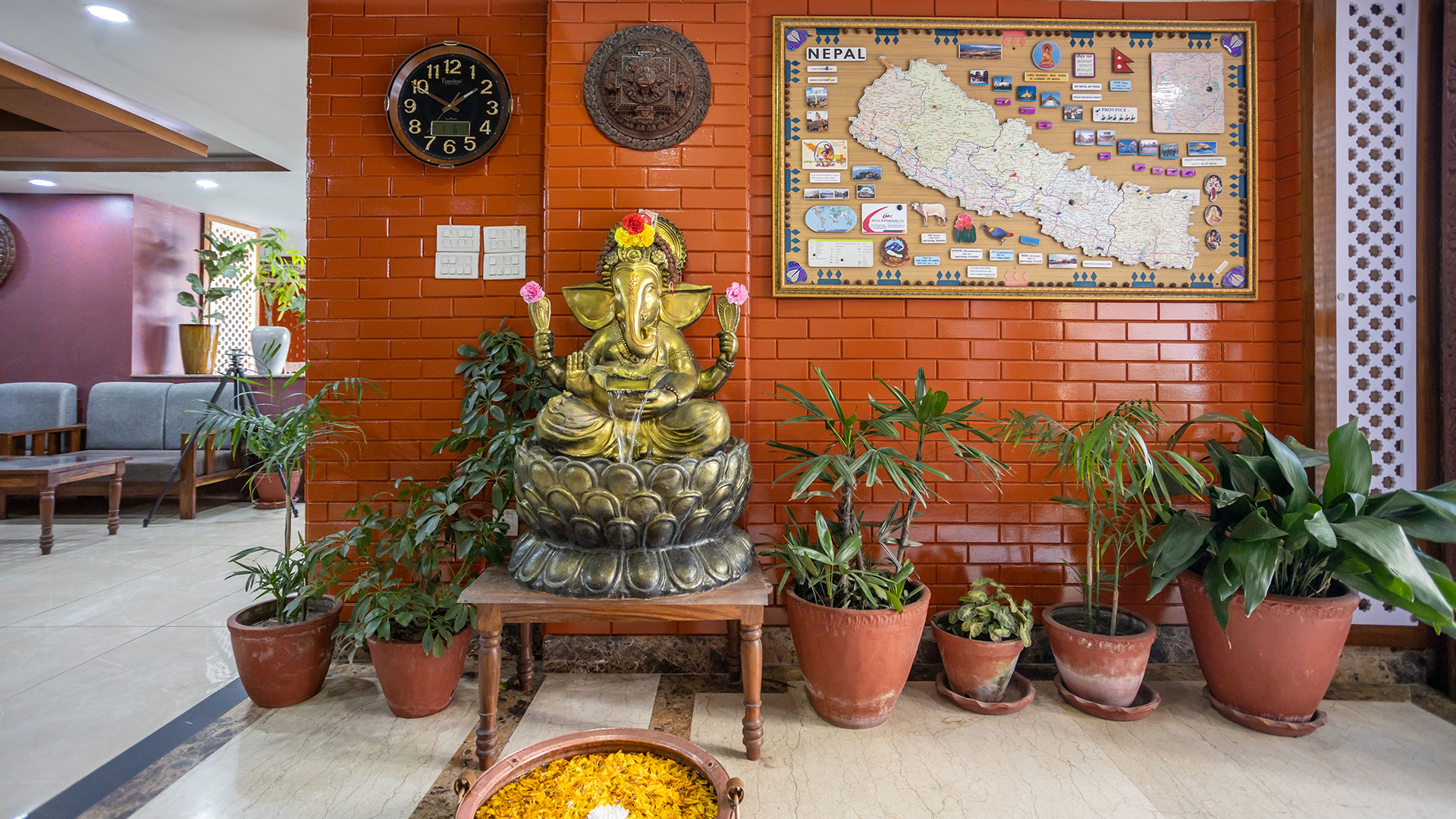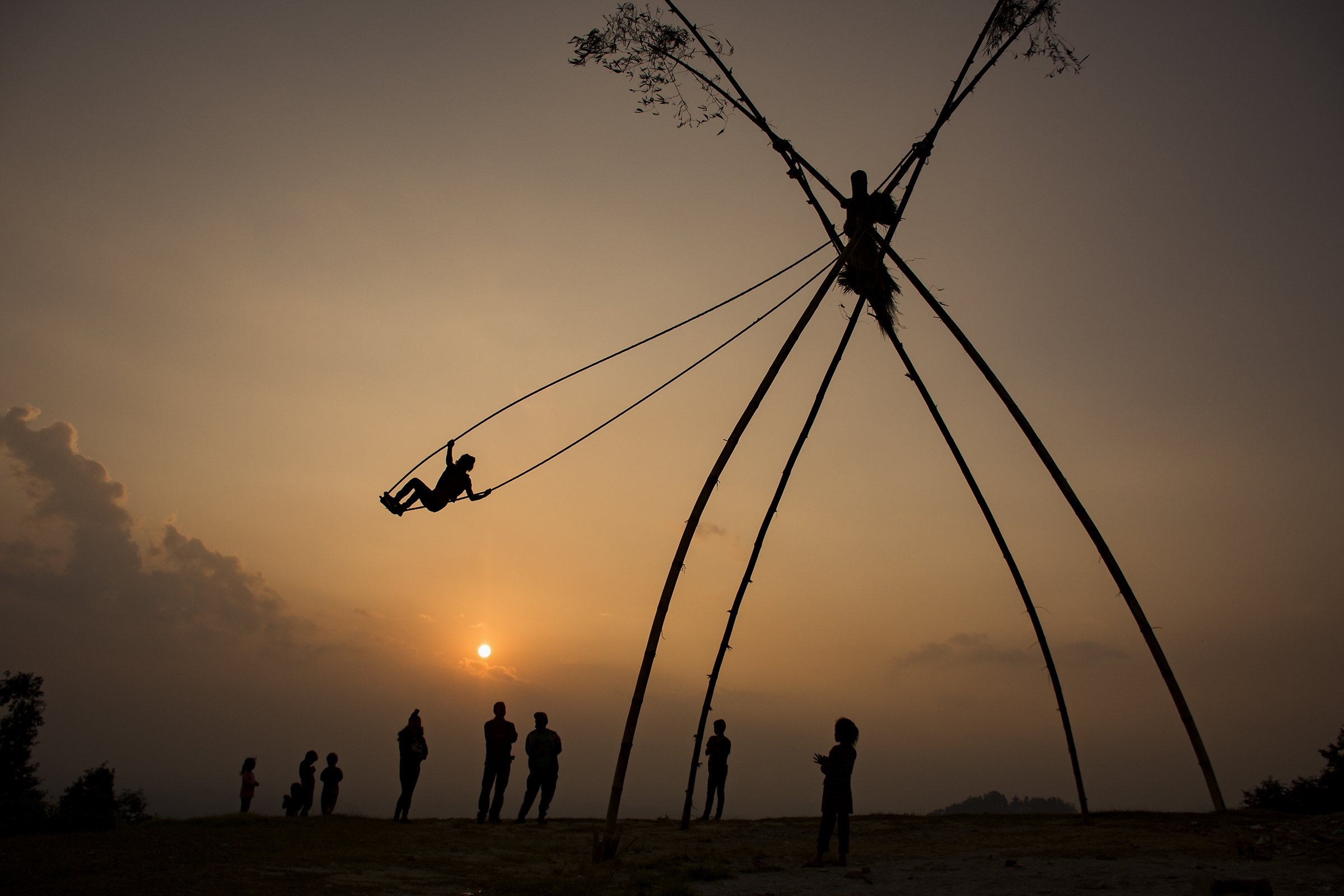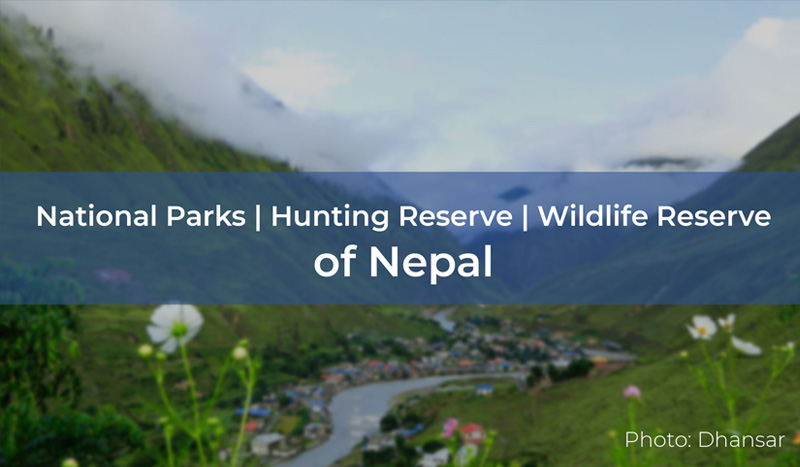Nepal is the country with 3 distinct geographical regions, and it has a large variety of flora and fauna in all these regions
Sagarmatha National Park visit is an exceptional opportunity to see the natural beauty, wildlife and vegetation of the roof of the world. Sagarmatha National Park encompasses Mount Everest Massif and was Nepal’s first-ever national park to be inscribed as a Natural World Heritage Site by UNESCO. It was established in 1976 AD, and was recorded as the natural world heritage three years after its establishment in 1979. The park lies in the Khumbu region and covers an area of 1,148 sq.km (443 sq.mi) in the Solukhumbu District.
Sagarmatha National park mostly has deep gorges and high Himalayas, with elevations ranging from 2,845 meters at Monjo to the world’s highest mountain Sagarmatha (Mount Everest) 8,848.86 meters above sea level.
Beside Sagarmatha, other notable mountains in the region include Lhotse, Nuptse, Amadablam, Thamserku, Cho Oyu, and Pumori. Extending from the Dudh Koshi river’s upper portions, the national park lies in the eastern realms of Nepal and encompasses the Bhotekoshi river basin and beautiful Gokyo Lake.
Sagarmatha National Park features 69% barran, dry and rocky mountains above 5,000 meters. 28% of the rest of the area flaunts grazing land for yaks and various antelope. However, 3% of the national park's land is covered with sub tropical and sub alpine forest.
Its vegetation directly starts in a sub-alpine environment and consists of Fir, Himalayan birch, Juniper, and Rhododendron. After 4000 meter’s elevation, the vegetation found here features Mosses and Lichens. Various shrubs and flowering plants cover the bare mountains in November. In November, more than 1,000 floral species cover the trails to the National Park.
Sagarmatha National Park remains an important bird-watching site and is noted as an “important Bird Area (IBA) by Birdlife International. This National Park is the house of 208 bird species and some endangered birds such as bearded vulture, Impeyan Pheasant, Snowcock, and Alpine Chough, Blood Pheasant, Eared Grebe, Oriental Turtle-Dove, Himalayan Cuckoo, Himalayan Swiftlet and more.
The grazing areas or Kharkas are usually filled up with Yaks, and other cattle animals which are found in the Himalayas. The national park area also preserves antelopes such as Himalayan tahr, Musk deer. Weasel, pikka (mouse hare) and jackals usually appear while trekking in these regions but people also encounter Himalayan black bear, wolf, lynx, snow leopard, and Indian Leopard rarely.
Why Should you visit Sagarmatha National Park?
First of all, Mount Everest is the peak of the world, which means its one of the most famous places among tourists of the entire world community. The place is best for expeditions and even trekking. As the whole national park is a sanctuary in itself, you will experience both natural beauty and the national park’s preserved ecology.
Mount Everest base camp named after George Everest who surveyed it as the highest peak in the world, is a very unique National park. As said earlier, it's a UNESCO site, Important Bird Area, and unlike many other National Parks, it has settlements in its boundaries. In the national park, there are six mountains over 8000 meters/ over 23000 ft. It's still very easily accessible.
Valleys, Suspension bridges, Dudhkoshi river gorge and high-lands beside Dudhkoshi and over 4000 people enheaditing in the reason, who are fully dependent on Mount Everest will amaze you as well. Beautiful Namche Bazar, which is considered as a trading center for the mountain people shows the lifestyle of the locals. Likewise, the vegetation that changes along your foot trails will show the variety in ecology every 1000 meters or so.
Not all national parks should include deadly predators, Nepal does have various national parks with tigers, leopards, and crocodiles. But, Sagarmatha is a combination of an aesthetic scenery, beautiful rivers, welcoming people, big mountains, and colorful birds over the clouds.
How to reach Sagarmatha National Park?
Sagarmatha National park’s headquarter is about 10 minutes walking distance from Lukla Airport so you can directly fly to Lukla and hike to reach the headquarter and explore the National Park.
If you love trekking then you can travel up to Jiri by vehicle and start the trek up to the headquarter of Sagarmatha National Park by following the trails of over Kilometers.
When should you Plan your Sagarmatha National park visit?
Sagarmatha national park and its adjacent Makalu Barun national park have a fairly similar environment and are best to visit around October-November where the place is filled with snow yet, the snow kind of melts a little making the trails easy by then. Likewise, the autumn in Nepal which starts from March and lasts till May, will give you a proper taste of vegetation, greeneries, wild flowers and beautiful birds along with barren mountains above 5000 meters and snow covered peaks above it.
Do you need a guide?
Sagarmatha region is one of the most unexpected trails, as it features rain forests to barren lands and has various big mountains with no human settlement. The place elevates from the deep gorge of Bhotekoshi to the highest peak in the world. It has fairly difficult trails, so it’s always better to have someone who knows the route. As the place is religiously, culturally and geographically significant, you must hire a guide while you plan to visit Sagarmatha National Park.
- 05 Feb 2021
- Travel




